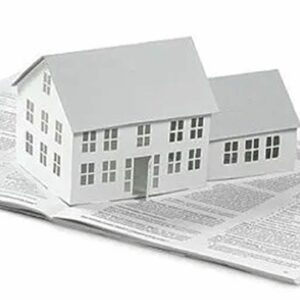My oldish (1940s) house has all the upstairs hot air supply ducts routed through the attic. the attic is insulated with about 4″ of fibreglass batt, with more laid over the ducts. Lots of holes in the upstairs ceiling for vents, wires, ducts etc.
What I’d like to do is fasten ridgid foam to the underside of my rafters as an air barrier, and then blow cellulose in the resulting bays.
Good idea / Bad idea?


















Replies
I live in a cold/wet climate so outside humidity is often higher than in. I'm not sure I can effectively seal all the air gaps to the attic space. I don't have any overhang at the eaves at all, and don't see how I can put an air inlet down low to ventilate the attic space.
I know the standard is to put the insulation in the ceiling and keep the attic cold, but are there exceptions to that rule?
I'm not getting any ice damming with the current state of affairs, but is there any way that putting more insulation (insulating the underside of the roof) will make things worse?
"What I'd like to do is fasten ridgid foam to the underside of my rafters as an air barrier, and then blow cellulose in the resulting bays."
IMHO, this would work. You are moving the weather barrier to the rafters, not unlike a finished attic situation. Brings the ductwork inside the envelope. The tricky part would be creating a continuous air barrier at the eves, which would be an important detail.
Building Science recommends that kind of setup southern location where the HVAC is more often in the attic. Most of the articles are for new construction and I don't remember the details of what kind of insulation system that they recomend.
You can look at http://www.buildingscience.com
You might want to go through the research and paper section and see if they have any articles on retro fitting.